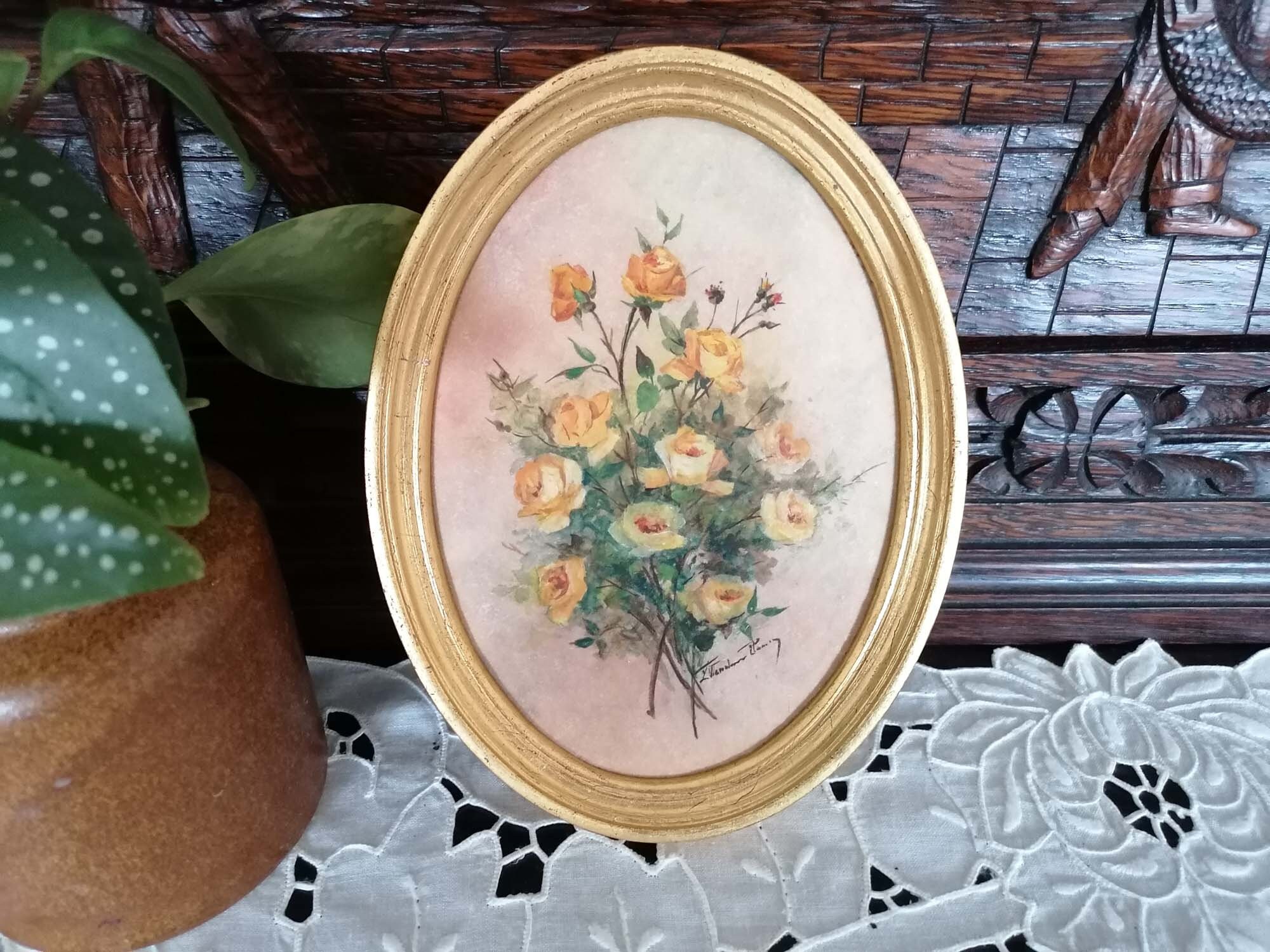

These features include the hair follicle pattern, veining, natural scars and bruises and in certain skins, fat deposits. The characteristic features of parchment, which confirm its animal origin, can usually be recognized under close examination with a hand lens (30x) or a microscope. The sewing to produce the parchment codices was notably Coptic in style until the fifth to eighth centuries, when it became common to sew the parchment signatures onto thongs or cords with heavy wooden boards to stabilize the shape of the text. Parchment rolls were once very common, but the chief value of parchment is its ability to be stitched together in large gatherings to form durable and flexible volumes.
Calfskin vellum skin#
Leather and parchment differ in that leather has been tanned, a process in which animal skin has been chemically altered to resist rot, whereas parchment has not been tanned. The hair and flesh are removed with the aid of lime (a strong alkali), then the skin is stretched on a frame where it is scraped, wet, and stretched again until the fibers become aligned. Sometimes the term vellum is used instead of parchment, but vellum (from the Old French word for calfskin, "velin") refers specifically to the skin of calves, used mainly as a covering material.

It has considerable strength and durability, but it is sensitive to humidity (or lack of humidity). Parchment is made from animal skins, generally sheep, goats and calves. Parchment replaced papyrus as the most common writing material during the early Middle Ages in Europe.


 0 kommentar(er)
0 kommentar(er)
